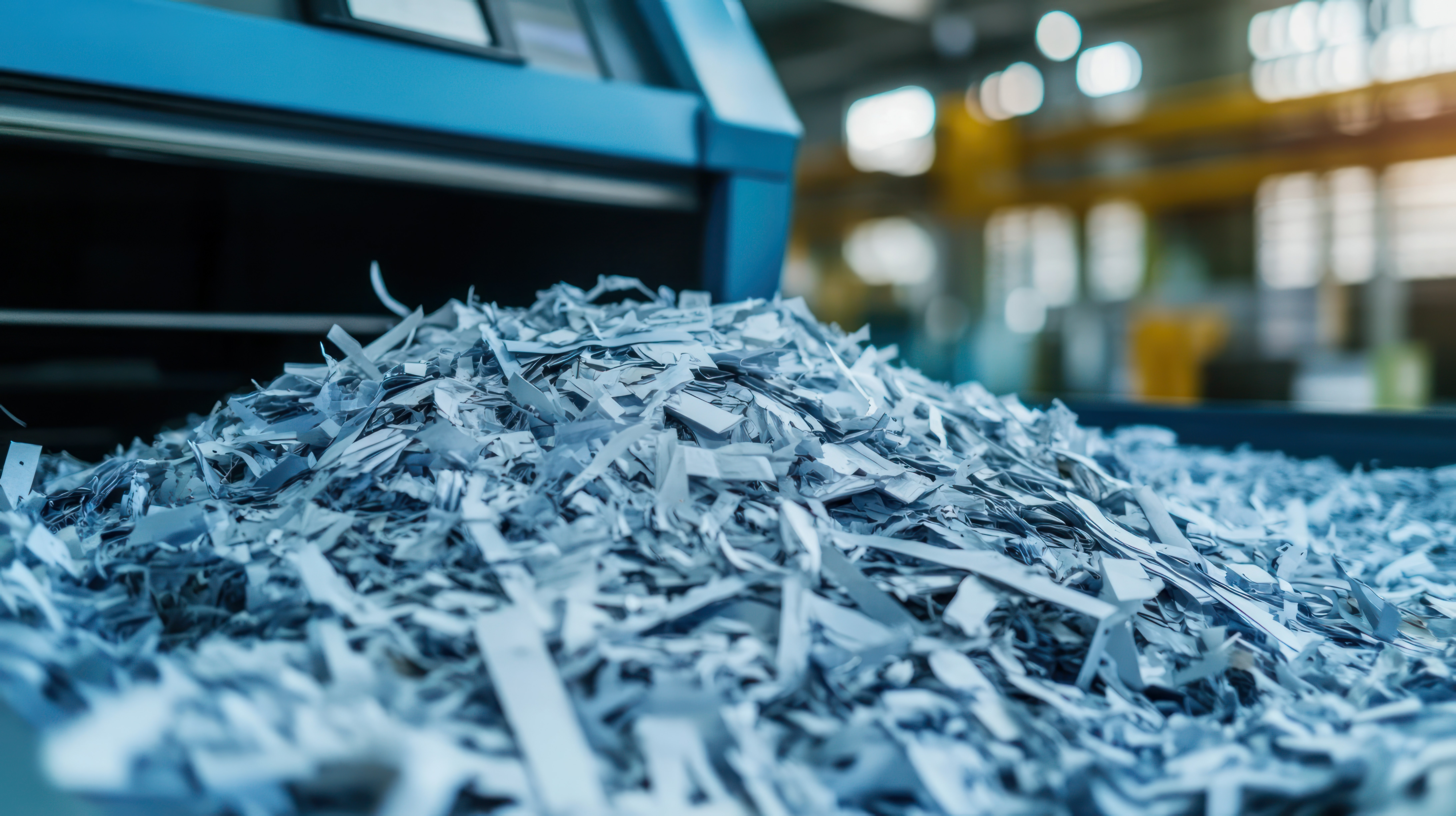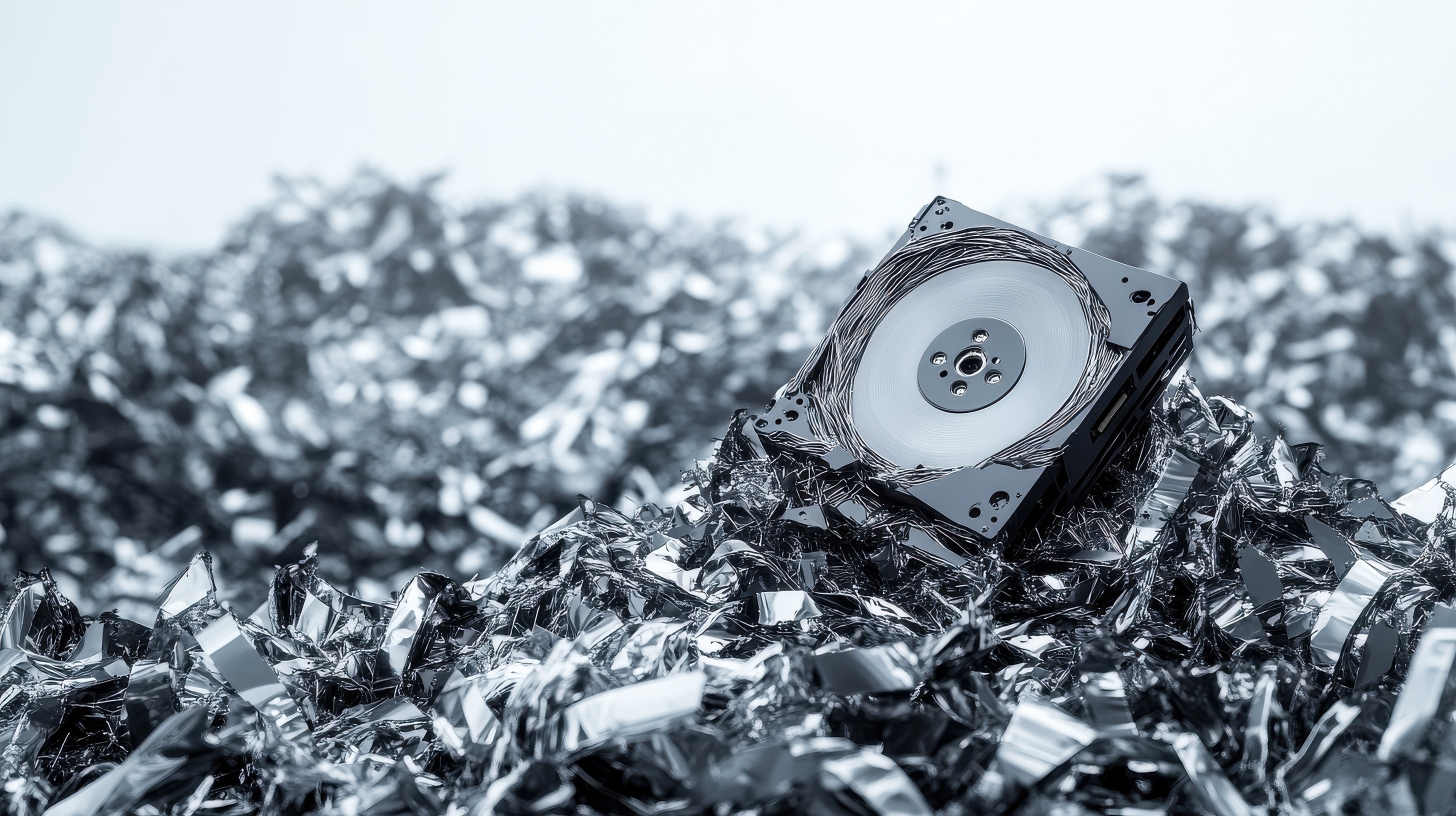
In 2019, an investigation led by the Information Commissioner’s Office (ICO) uncovered piles of sensitive patient records that had been left in an old hospital site. All that confidential information was vulnerable to unethical use. This resulted in HCA International Ltd, a prominent private healthcare provider, incurring massive fines of over USD$ 271,000.
Cases like this show how secure data handling and waste management practices are paramount in high-risk organizations. With identity theft, financial loss, and legal trouble at stake, you can’t risk leaving sensitive materials in the wrong hands.
So, what are the steps you can take to dispose of confidential information safely? Read on to find out.
Step 1: Know What Needs Protection
Confidential waste includes anything with private or sensitive data. This could be bank statements, medical records, customer lists, or company strategies you don’t want your competitors to know.
To make this easier, sort your data into categories based on how sensitive it is. For example, a public flyer isn’t a big deal, but a contract with client details is highly confidential.
You can stay on top of this by regularly checking your files—both paper and digital—to spot what needs secure disposal. This audit helps you avoid missing anything important. By doing so, you’ll have a clear understanding of what those sensitive materials are.
Step 2: Store Confidential Waste Safely
Once you’ve identified the confidential data, you need a safe place to keep it until it’s disposed of. You can’t just toss it into a common trash, where anyone can just grab it. Instead, use lockable bins or containers designed for confidential waste. These should be labeled and tamper-proofed so only authorized people can access them.
Speaking of access, it’s also important to limit who can get hold of these bins. Use keycards, codes, or even fingerprint locks for security. These containers must be separate from the regular trash, like food wrappers or office supplies.
Having this handling arrangement in place reduces the chances of sensitive items accidentally ending up in an unsecured dumpster.
Step 3: Destroy Sensitive the Right Way
While secure storage is your first line of defense, the real action is getting rid of confidential waste. Simply tearing up a document or deleting a digital file won’t cut it.
For paper documents, use a shredder that cuts paper into tiny pieces. Look for cross-cut or micro-cut shredders, which make it nearly impossible to piece documents back together. There are even standards, like DIN 66399, that tell you how small the pieces should be for different types of sensitive information.
For digital items like hard drives, USBs, or CDs, shredding also works. But not those that are used for paper. Special machines can physically destroy digital media so no one can recover the data.
In some cases, you might need to burn or pulverize highly confidential data. This provides extra safety. However, burning may not be a sustainable option, as these digital storage devices are made of plastic or other materials that are hazardous when burned. Therefore, caution is important.
Step 4: Work with Trusted Professionals
Sometimes, managing confidential waste in-house isn’t practical. That’s where professional waste management companies come in. These experts know how to get rid of confidential waste safely.
When choosing a provider, make sure they’re certified by organizations like NAID (National Association for Information Destruction) or follow standards like ISO 27001 for information security.
An excellent provider will track your waste from pickup to destruction, giving you peace of mind. They should also provide a certificate of destruction—a document proving your materials were securely disposed of, including details like the date and method used. These experts can take the stress out of waste management and make sure everything is done correctly.
Step 5: Train Your Team and Set Clear Rules
Even the best systems won’t work if your team doesn’t follow them. So, you must create a clear, written policy that explains how to handle, store, and dispose of confidential waste. Make sure everyone understands it by providing regular training.
For example, teach employees how to spot sensitive data and how to use secure bins properly. You can also train them to watch out for risks and potential threats, like someone pretending to be a vendor just to steal data.
To keep everyone accountable, assign specific people to oversee confidential waste management and check that protocols are followed. Training and clear policies build a culture where everyone takes security seriously.
Step 6: Follow Legal Requirements
As highlighted in the case earlier, improperly handling confidential waste can get you in trouble with the law. Depending on where you are, rules like GDPR (in Europe), HIPAA (for healthcare in the US), or CCPA (in California) set strict guidelines for protecting sensitive data.
To stay compliant, keep records of how you dispose of confidential waste. These logs can prove you’re following the law if you’re ever audited. Also, stay updated on changes to these regulations, as they can evolve over time. Aside from avoiding penalties, compliance shows your customers and partners that you take their privacy seriously.
Step 7: Protect Digital Waste Too
As discussed earlier, digital waste, such as paper documents, can also be destroyed. But, while this is an option, it might not be sustainable for businesses. This is because hard drives or USBs can still be reused.
Also, if your computer is packed with confidential information, it wouldn’t be wise to shred the computer as a security effort. So, before reusing devices, use software like DBAN to wipe data completely, following standards like NIST 800-88. If the device won’t be reused, that’s when you can physically destroy it.
Encrypting confidential data before disposal adds an extra layer of protection, making it harder for anyone to access it if something goes wrong.
Regularly check your digital files and backups. Delete anything that’s no longer needed but contains sensitive information. Treating digital waste with the same caution as paper waste closes a major security gap.

Step 8: Keep an Eye on Your Process
Even with great practices in place, things can slip through the cracks. That’s why you must regularly check your waste management process to spot weaknesses. You may see an unlocked bin or an outdated shredder. You also have theft or unauthorized access threats, which can be deterred by installing cameras in storage or destruction areas.
If you work with a waste management provider, review their performance from time to time. Are they still meeting security standards? Are they providing certificates of destruction on time? Monitoring ensures your system stays strong.
Step 9: Be Ready for Emergencies
No system is perfect, so you must have plans in case something goes wrong. Suppose confidential waste is stolen or improperly disposed of, know who to notify—whether it’s customers, authorities, or regulators. During disruptions, power outages, or a delayed pickup, make sure your waste stays secure in locked, monitored areas. This plan will minimize the damage and help you respond quickly and effectively.
Final Thoughts
You don’t want to suffer hefty fines just because one of your employees threw a confidential data sheet into the communal bin. With threats getting more complicated and criminals more clever, you can’t risk exposing sensitive information. That’s why your confidential waste management should be treated as important as your data handling process. Start small, stay consistent, and soon, you’ll have a system that keeps sensitive information safe for the long haul.







